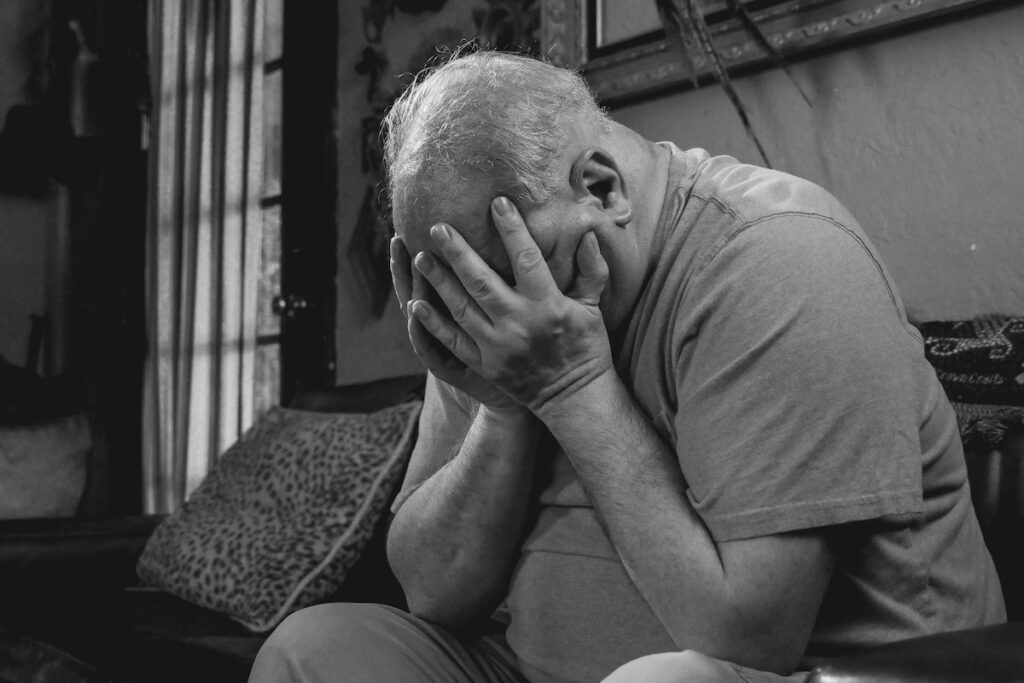Introduction
The knee joint is a complex and crucial weight-bearing joint that facilitates movement and supports the body during various activities. However, knee problems are common, affecting people of all ages and lifestyles. Knee issues can range from minor discomfort to severe pain and disability, impacting daily life and overall well-being. In this comprehensive article, we will explore various knee problems, their causes, symptoms, diagnosis, treatment options, and preventive measures.
Section 1: Anatomy of the Knee Joint
To understand knee problems, it is essential to grasp the anatomy of the knee joint. The knee is a hinge joint formed by the junction of three bones: the femur (thighbone), the tibia (shinbone), and the patella (kneecap). Ligaments, tendons, cartilage, and synovial fluid play a critical role in providing stability, cushioning, and smooth movement within the knee joint.
Section 2: Common Knee Problems
Knee problems can result from various factors, including injury, overuse, age-related degeneration, and certain medical conditions. Some common knee problems include:
- Osteoarthritis: A degenerative joint disease characterized by the gradual breakdown of cartilage in the knee joint, leading to pain, stiffness, and reduced mobility.
- Rheumatoid Arthritis: An autoimmune disorder that causes inflammation and joint damage, leading to pain and swelling in the knee.
- Meniscus Tears: Tears in the C-shaped cartilage (menisci) that act as shock absorbers between the femur and tibia, causing pain, swelling, and limited range of motion.
- Ligament Injuries: Injuries to the anterior cruciate ligament (ACL), posterior cruciate ligament (PCL), medial collateral ligament (MCL), or lateral collateral ligament (LCL) can lead to instability, pain, and difficulty walking.
- Tendinitis: Inflammation of the tendons that connect the muscles to the knee joint, leading to pain and discomfort.
- Bursitis: Inflammation of the bursae (small fluid-filled sacs) around the knee joint, resulting in swelling and pain.
- Patellar Tendinopathy: Overuse injury of the patellar tendon, causing pain and tenderness just below the kneecap.
Section 3: Symptoms of Knee Problems

Knee problems can manifest with various symptoms, depending on the specific condition and its severity. Common symptoms of knee problems include:
- Pain: Dull, aching, or sharp pain in and around the knee joint, which may worsen with movement or weight-bearing.
- Swelling: Visible or palpable swelling around the knee joint due to fluid accumulation.
- Stiffness: Difficulty bending or straightening the knee fully, often accompanied by a sensation of tightness.
- Instability: Feeling that the knee is giving way or unable to support the body’s weight during activities.
- Clicking or Popping Sensation: Audible or tactile sensations of clicking, popping, or grinding within the knee joint during movement.
- Reduced Range of Motion: Inability to fully extend or flex the knee joint.
- Weakness: Difficulty bearing weight on the affected knee, leading to reduced strength and stability.
Section 4: Diagnosis of Knee Problems
Accurate diagnosis is crucial for determining the underlying cause of knee problems and guiding appropriate treatment. The following methods are commonly used for diagnosis:
- Medical History: The healthcare provider will inquire about the patient’s symptoms, medical history, and any recent injuries or activities that may have contributed to the knee problems.
- Physical Examination: A thorough examination of the knee joint, assessing range of motion, tenderness, swelling, and signs of inflammation.
- Imaging Studies: X-rays, MRI, or CT scans may be conducted to visualize the knee joint’s internal structures and detect any abnormalities or signs of joint damage.
- Arthroscopy: In some cases, arthroscopic surgery may be performed to directly visualize the inside of the knee joint and diagnose or treat certain conditions.
- Joint Aspiration: Draining fluid from the knee joint can be analyzed to determine the cause of inflammation.
Section 5: Treatment Options for Knee Problems

Treatment for knee problems depends on the underlying cause, the severity of the condition, and the patient’s overall health. Common treatment options include:
- Rest and Activity Modification: Resting the knee and avoiding activities that worsen pain can promote healing and prevent further damage.
- Physical Therapy: Targeted exercises and stretches can help strengthen the muscles around the knee, improve flexibility, and reduce pain.
- Medications: Over-the-counter pain relievers, such as acetaminophen or nonsteroidal anti-inflammatory drugs (NSAIDs), can provide short-term relief from pain and inflammation.
- Corticosteroid Injections: Injections of corticosteroids into the knee joint can reduce inflammation and alleviate pain.
- Regenerative Therapies: Platelet-rich plasma (PRP) or stem cell injections may be used to promote tissue healing and repair.
- Bracing or Splinting: Using knee braces or splints can provide support and stability to the knee joint during activities.
- Assistive Devices: Using a cane or crutches can help reduce weight-bearing on the affected knee.
- Weight Management: Maintaining a healthy weight can reduce stress on the knee joint and improve symptoms in arthritis cases.
- Surgery: In cases of severe joint damage or ligament tears that do not respond to conservative treatments, surgical options such as arthroscopy, knee replacement, or ligament reconstruction may be considered.
Section 6: Preventive Measures for Knee Problems
While not all knee problems can be prevented, several lifestyle choices and precautions can help reduce the risk and maintain knee joint health:
- Maintain a Healthy Weight: Excess body weight can increase the pressure on the knee joints, leading to accelerated wear and tear.
- Stay Active: Regular low-impact exercises, such as swimming or cycling, can help strengthen the muscles around the knee joint and maintain flexibility.
- Warm-Up and Cool-Down: Properly warm up before engaging in physical activities and cool down afterward to prevent knee strain and injury.
- Use Proper Footwear: Wear appropriate, well-fitted shoes with good support, especially during physical activities.
- Avoid Overexertion: Avoid overtraining or participating in activities that place excessive strain on the knee joint.
- Practice Safe Movements: Use proper techniques when lifting heavy objects or performing physical tasks to avoid knee injuries.
- Avoid Prolonged Sitting: Take breaks during prolonged sitting to avoid stiffness and promote blood flow to the knee joint.
- Supportive Sleep: Ensure a supportive mattress and pillow that maintain the spine’s natural alignment during sleep.
Conclusion
Knee problems are common, but adopting preventative measures can help reduce the risk and maintain knee joint health. By maintaining a healthy weight, staying active, using proper footwear, and practicing safe movements, individuals can support their knee joints and prevent pain and discomfort. If knee problems do arise, seeking timely medical attention and following appropriate treatment plans can help manage symptoms and improve knee function. Remember that early intervention and proactive care are essential in maintaining knee joint health and overall well-being.



